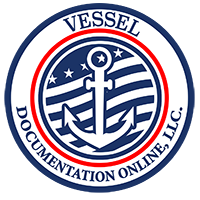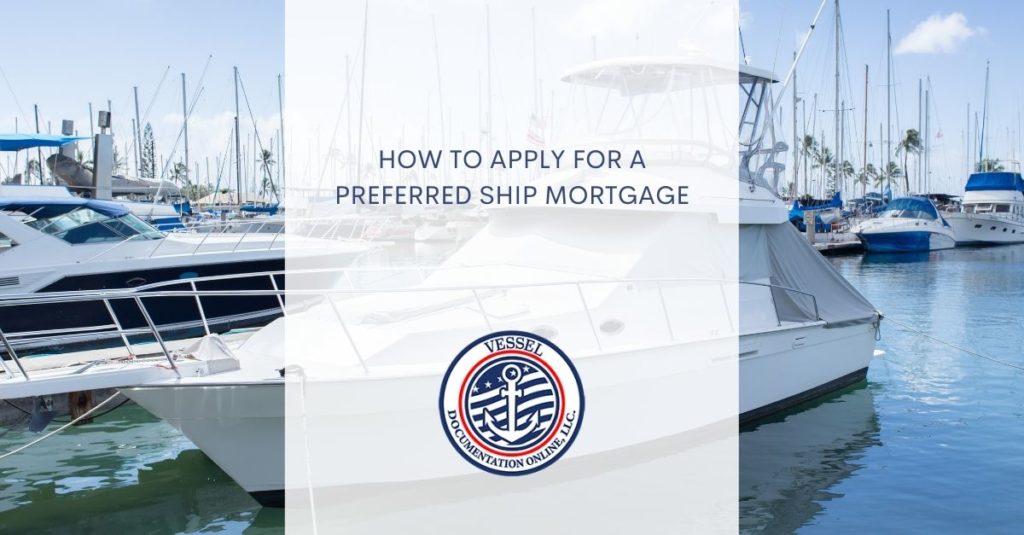Is it possible for you to finance your vessel more cost-effectively? You may wish to apply for a preferred ship mortgage if this is the case.
It is possible to profit from cheap interest rates and flexible repayment choices if you get this form of a mortgage. There are specific requirements to be met to qualify for a preferred ship mortgage.
There is no official government form for a preferred mortgage; however, a CG-5542 Optional Application for Filing form may be used to apply for a preferred mortgage. This form may be used with a mortgage or other comparable instrument.
Like the other lender forms on this FAQ page (Lender Data), the lender data form must be completed to the best of your knowledge and then sent to your loan officer, underwriter, or anyone else who is assisting you in getting preferred lender status.

What Is Shipping In The US Mortgage Process?
In a ship mortgage, a ship-owner transfers a security interest to a lender (or mortgagee) in exchange for a mortgage loan according to uscgboating.org.
Obtaining an interest in a piece of personal property or natural land and agreeing to keep it as collateral for another party’s debt is the definition of a secured party.
In order to secure the debt, this is done like the way one could pledge assets as security against a loan. Second, ships are constantly moving between jurisdictions in their natural state.
Third, a ship is constantly in danger of suffering partial or complete damage when at sea. When you hear the term “SHIP Mortgages,” it seems like a big thing. However, we are all aware of what is going on (at least as far as mortgages are concerned).
In a sense, it’s a form of mortgage in which you are receiving a security interest in the ship itself. Because of all of the jargon involved, this is one of those mortgages that may be tough to understand.
For example, you must constantly be aware of who the Borrower is, what they are doing, with whom they are collaborating, and with whom they are working with their Lender.
While some of these phrases aren’t too difficult to understand, it may be quite a burden for someone who isn’t accustomed to dealing with these types of mortgages when you put them all together.
How Do I Document A Vessel USCG?
The United States Coast Guard (USCG) offers four distinct forms of paperwork that a vessel owner may apply for.
All vessel owners who seek to have their slip for docking, mooring, or anchoring in any safe port along the United States coastline or any navigable canal linking different areas of the United States must submit paperwork to the Coast Guard.
Applying for documentation is the first step in getting started. If you want to see the application, you may get a copy from the Coast Guard or request one from the United States Vessel Documentation Center.
You will be required to submit us with a variety of information as part of this application, including the following:
- The name and address of the proprietor
- The vessel’s name and home port are provided.
- The vessel’s year of manufacture, model, and serial number.
- A summary of the vessel’s design and building process
The application for documentation process consists of three steps: to complete and submit an application for Certificate of Documentation (CG-1258) to the National Vessel Documentation Center.
The second step is to apply for a Certificate of Documentation (CG-1258) to the National Vessel Documentation Center.
Why Do Mortgage Applications Get Rejected?
According to records, when a mortgage application is rejected without providing an apparent reason, it has happened on multiple occasions in the past.
This is due to the enormous number of mortgage lenders currently functioning in the market space, which has created a competitive environment.
Preferred ship Mortgage lending is a highly competitive sector, and lenders do not disclose the reasons for rejecting an application to competitors for fear that it may encourage other clients of that financial institution to use that Lender, therefore increasing competition.
Due to the slowing of the housing market and the increased time required to evaluate mortgage applications, it is critical to understand the factors that might lead to a mortgage application being rejected.
It’s often just a matter of not being able to recall every single detail in every situation. Loan officers and mortgage brokers must keep track of a lot of information, including your job history, financial information, and credit score.
It is possible that your loan application could be rejected if you make a mistake on the mortgage application form. If this occurs, reapplying for approval may be a costly and time-consuming endeavor.
If this is the case, you may wish to investigate an alternative or even re-evaluate the terms of your loan agreement with your Lender.




